|
In 1939 Salter looked back on seventeen years of experience in
the field of book design and used his own work to deduce
a typology of the book jacket. His reputation in the field
was
based largely on this specialized art form, which was also
the book’s primary marketing tool. From his first-hand
experience he distilled the distinguishing characteristics
of the seven
main jacket types in an essay entitled “Designing
Book Jackets,” The Fifth Advertising and Publishing
Production Yearbook 1939. The Reference Manual of the Graphic
Arts (N.
Y.: Colton Press, 1939): 48a-48h. The article not only
presents an overview of design principles, but also offers
useful advice
on media
and techniques to students and practitioners. Salter's
book jacket categories, which are still valid today, are paraphrased
below and illustrated with his own designs.
1.
The formal typographical or hand-lettered jacket, which includes
no design elements but lettering.
|

|

|
Carl Jefferson Weber,
Hardy of Wessex. His Life and Literary Career,
Knopf, 1940.
|
Ralph Waldo Emerson,
Letters of Ralph Waldo Emerson,
Columbia University Press 1939.
|
Back to Top
2. The typographical or hand-lettered jacket that incorporates
elements of ornamental design but avoids pictorial representation.
|
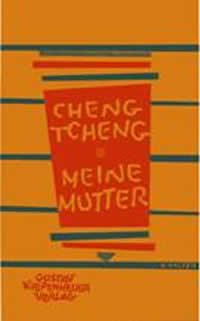
|

|
 |
|Cheng Tcheng,
Meine Mutter,
Berlin: Kiepenheuer, 1929.
|
A.
J. Cronin,
A Thing of Beauty,
Boston: Little, Brown, 1956
|
Franz
Carl Weiskopf,
Das Slawenlied,
Berlin: Kiepenheuer, 1931. |
Back to Top
3. The typographical, hand-lettered, or hand written jacket that
intends to suggest the action of the book. In this case pictorial
lettering evokes a mood.
|

|
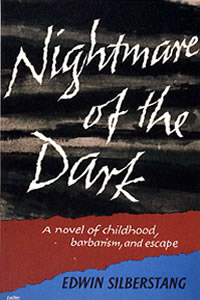
|
Egon
Erwin Kisch,
Schreib das auf, Kisch!,
Berlin: Erich Reiss, 1930
|
Edwin Silberstang,
Nightmare of the Dark,
N. Y.: Knopf, 1967
|
Back to Top
4.
A variation on type 3, in which ornamental
or pictorial features are added to the primary
typographical or lettered design.
|
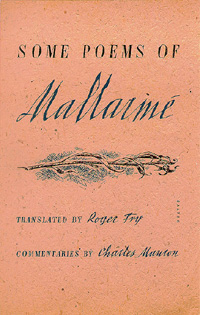
|

|
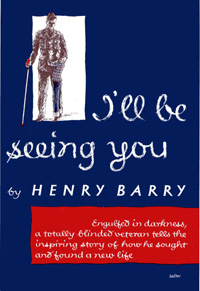 |
Stéphane
Mallarmé,
Poems of Mallarmé,
N. Y.: Oxford University Press, 1937.
|
Mikhail
Zoshchenko,
Nervous People and Other Satires,
N. Y.: Pantheon, 1963.
|
Henry
M. Barry,
I'll Be Seeing You,
N. Y.: Knopf, 1952. |
Back to Top
5.
The pictorial design suggests the atmosphere
of a book by depicting specific details of its
contents. Here the lettering
supplements or explains the imagery, which
is the artist’s
own interpretation of the contents.
|

|
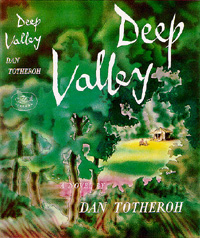
|
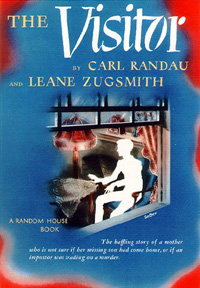 |
Graham
Greene,
This Gun for Hire,
Garden City: Doubleday, Doran, 1936.
|
Dan
Totheroth,
Deep Valley,
N. Y.: L. B. Fischer, 1942.
|
Carl
Randau and Leane Zugsmith,
The Visitor,
N. Y.: Random House, 1944. |
Back to Top
6.
The pictorial design that derives completely from the
atmosphere of the book. Although an illustrative jacket,
it does not need to draw on specific concrete or realistic
scenes. This category conveys
emotions
rather than
facts and is therefore the most suggestive and stylistically
abstract. Nonetheless, it is necessary to read the text in
order to design such a jacket.
|

|

|
 |
Robert
Goulet,
The Violent Season,
N. Y.: Braziller, 1962
|
Mark
Aldanov,
The Fifth Seal,
N. Y.: Scribners, 1943.
|
Heimito von Doderer,
Every
Man a Murderer,
N. Y.: Knopf, 1964 |
Back to Top
7.
The poster style jacket. With directness of concrete imagery,
this category relates most closely in style and intention
to commercial advertising art.
|

|
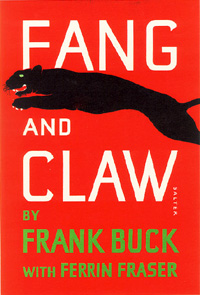
|
Leo
Matthias,
Ausflug nach Mexiko,
Berlin: Verlag Die Schmiede, 1926 (binding). |
Frank Buck & Ferrin Fraser,
Fang
and Claw,
Simon and Schuster, 1934.
|
Back to Top
|
























